Insights
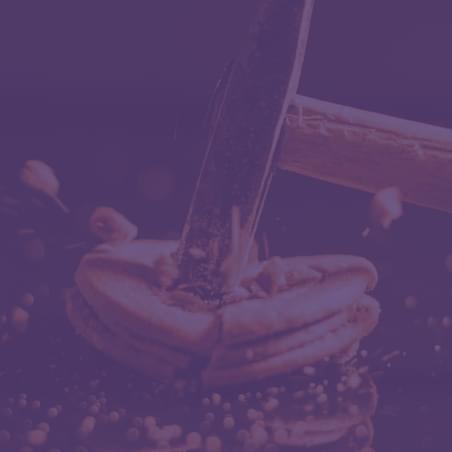
28 Nov, 2025
Five Products: Showing How Sound Shapes Modern Consumer Experience
Read More
Carrie Arndt, Research Executive
20 Aug, 2018 | 3 minute read
Familiarity just isn’t cutting it anymore. Tuned into a world where discovery is an everyday expectation and new wonders cycle like a carousel across our social media feeds, we need more. In food & beverages, that means comfort needs to be indulgent, nostalgia needs to reach our inner child, and spiciness isn’t just about heat – it’s about stepping into another culture.
Our desire for adventure and variety is shaking up the shelf and fragmenting categories we’ve known for ages. With open minds and open hearts, we’ve invited the industry’s dreamers and innovators to impress us – through product development, brand identity, and expressive packaging. In fact, product packaging is pivotal in this time of evolution and uncertainty. Whether the product is completely new (meat bars, cauliflower pretzels?!) or a twist on a classic (high protein, plant-based alternative), consumers want to know exactly what they’re getting into, and need to be invited in for a taste. The role of a pack is to inform as well as to incite – to stand for the product and brand, and to jump off the shelf in a way that’s exciting and relevant.
That’s a challenge. Everyone wants to stand out (of course!). But what happens when disruption flips from forward-thinking to self-centered? What about when new ideas bleed into the mainstream, losing their novelty? How can brands – big and small – navigate through this noise and come out strong on the other end?
The answer really lies in self-awareness and discipline, which is more difficult than it sounds. On one hand, you have smaller emerging brands, who tend to be at ground zero for CPG innovation. There’s so much freedom here! Room to explore, invent, and conquer… Even with budget/operational restraints (or perhaps because of them) these brands have capitalized on their agility, adapting to the needs and feedback of their consumer base. As much as freedom fosters new thinking and evolution, however, it can also become a delicious temptation for pushing the bounds just because you can, especially in packaging. A gratuitously ‘disruptive’ pack is a terrible shame, for several reasons: (1) it can throw away benefits that traditionally come with the category, (2) it can ignore visual shortcuts consumers lean on when shopping, (3) it can overlook the emotions and desires driving purchases in that category, and (4) it can distract from the product’s integrity and/or brand’s unique value proposition. An example you might consider is the recent rebrand of Revolution Gelato
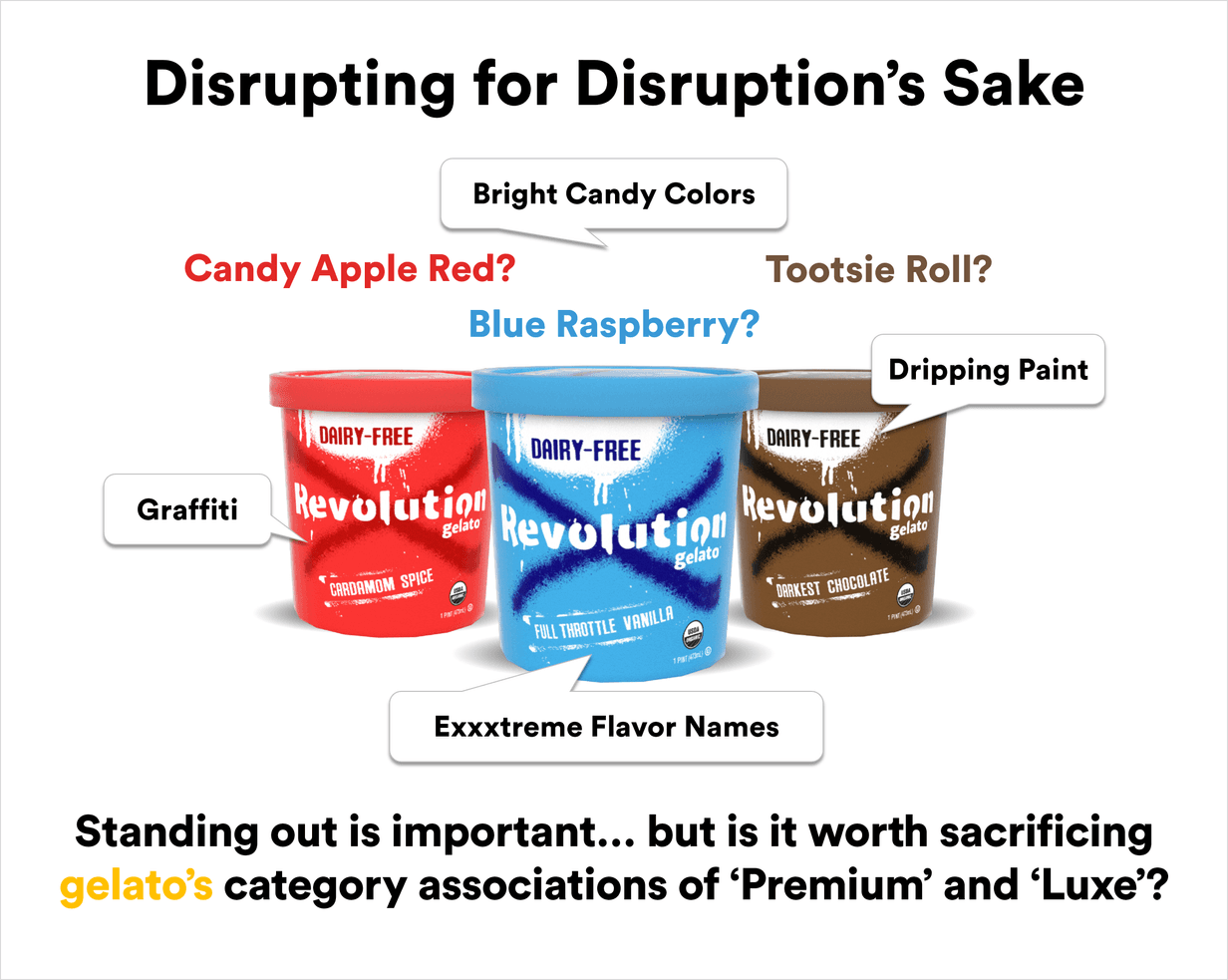
Big brands have their own challenges. They benefit from the credibility of name recognition and reputation but are also somewhat tethered by the emotional bonds consumers have developed over the years. Any sort of measurable change risks upsetting that consumer base. Packaging creates a bridge by connecting a new product with the brand and telling a convincing story of how the two fit together. But when a brand is too tentative and falls short of building a full bridge, the result is a whitewashed design lacking in conviction, without the confidence needed to lead consumers into a new purchase. Sometimes, FMCG innovations aren’t properly highlighted, and their significance is simply lost (the consumer doesn’t even notice). An example here would be Ragu’s new Simply pack design.
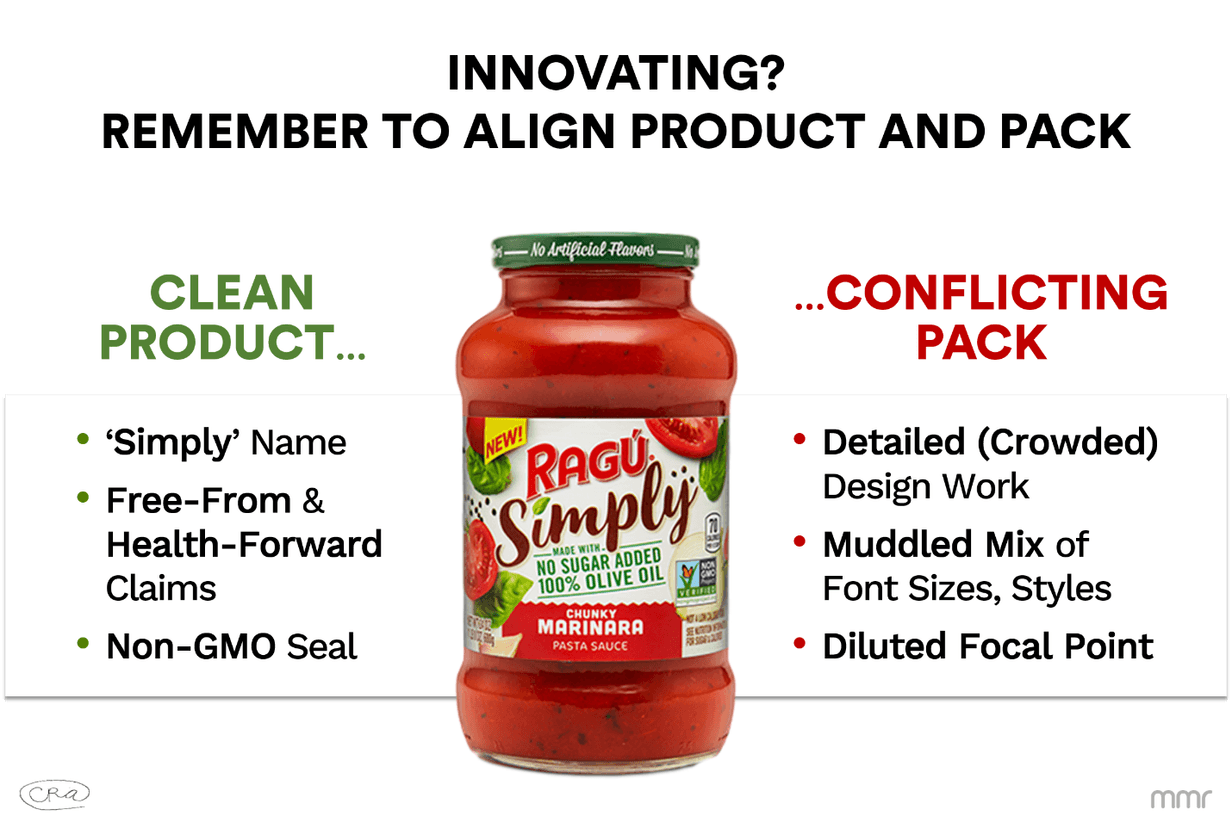
Big, small, or somewhere in between – all brands can optimize their role in disruption by following the same guidelines: celebrate that leading differentiator and driver of appeal across product, brand, and pack with coherent messaging.
A company that consistently focuses on elevating its own strengths across all three measures, rather than finding ways to fit into trends, earns a reputation for authenticity. And, while disruption is about shaking things up and appealing to unfulfilled desires, it doesn’t need to be fast and wild in itself; disruption truly driven by consumers is best described as disruption by design.
Insights

28 Nov, 2025
Five Products: Showing How Sound Shapes Modern Consumer Experience
Read MoreNews
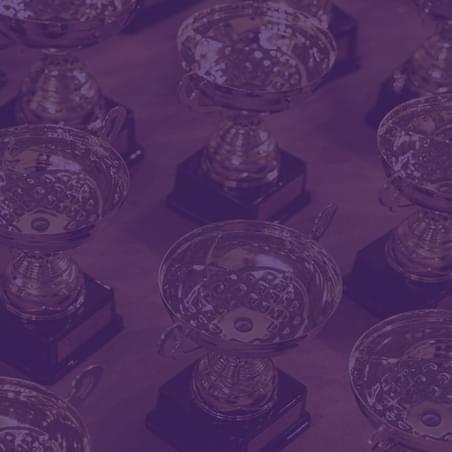
25 Nov, 2025
'If Your Product Updates Don’t Match the Frequency of Smartphone Upgrades, You'd Better Rethink Your Strategy.”
Read MoreNews
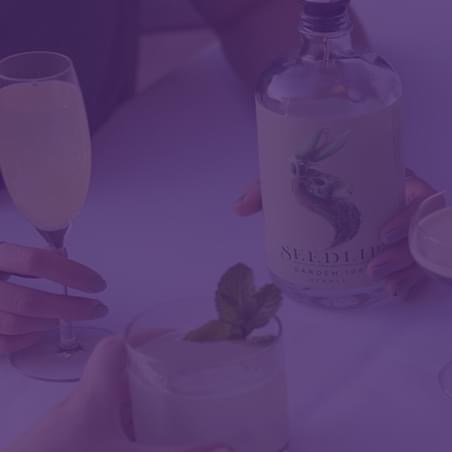
22 Oct, 2025
NEWS RELEASE: Non-Alcoholic Beverage Inventor, Ben Branson Calls for More Originality
Read MoreIf you'd like to understand a bit more about us or find out how we can help solve your challenges, check out our team's availability and book in a call at a time that suits you.
If you'd prefer to chat over email, fill out your details below and we'll get back to you as soon as we can.